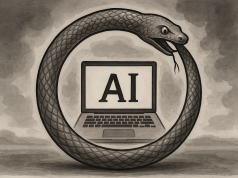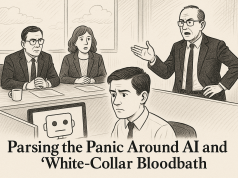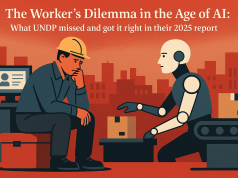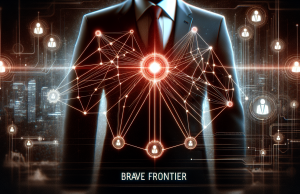In a world where the only constant is change, the workforce is experiencing a seismic shift due to the advent of automation and artificial intelligence (AI). As we stand at the cusp of a new industrial age, questions gnaw at the collective consciousness of The Work Times readership: What happens to the worker when machines take the wheel? And, what role will labor unions play in the epoch of algorithms and automation?
The answer is both a challenge and an opportunity for unions. The undeniable truth is that many jobs, as we know them today, are undergoing transformation or facing replacement. The crux of the matter for labor unions is not just to shield workers from the brunt of these changes, but also to navigate a course that leverages these technological advances to benefit all.
An inspiring example is seen in the case studies of certain unions that have not only recognized the inevitability of this transition but have also proactively negotiated retraining programs. These programs are not mere stopgaps but are robust platforms for upskilling workers, ensuring their relevancy in an evolving job market. Take, for instance, the efforts of the United Auto Workers (UAW), which partnered with leading automobile manufacturers to set up training centers. These centers have been instrumental in transitioning workers from traditional roles to high-tech manufacturing positions, fostering a workforce prepared for future demands.
Another crucial area where unions have made significant inroads is in securing job transition support. As part of collective bargaining agreements, unions like the Service Employees International Union (SEIU) have successfully advocated for clauses that cover job displacement and ensure that workers receive support in the form of severance packages and job placement services. This proactive approach not only cushions the impact of job loss but also provides a pathway to new employment opportunities.
Furthermore, protection against unfair dismissal remains a cornerstone of the union’s defense strategy. In an automated landscape, it’s imperative to establish clear guidelines that prevent arbitrary layoffs. For example, the International Brotherhood of Electrical Workers (IBEW) has been at the forefront, ensuring that their members are insulated from the whims of technological redundancy through well-defined employment contracts.
As a reader of The Work Times, what you need to know is that the future of work is not a distant reality—it’s unfolding now. Staying informed and engaged with your union’s efforts is critical. Workers should seek out opportunities for continuous learning and embrace the tools and technologies that could augment their skills.
On a broader scale, policymakers and unions have the potential to form a symbiotic relationship that fosters a resilient workforce. This can be achieved by shaping legislation that encourages companies to invest in employee development and by creating a safety net for those displaced by technology. If policymakers and unions work together, they can ensure that the progress of automation and AI benefits the workforce as a whole.
The future is a landscape where unions must adapt to protect and empower workers. Through retraining, job transition support, and protection against unfair dismissal, labor organizations can redefine their role in the AI era. The Work Times readers, armed with the awareness and foresight provided by their unions, can move forward with confidence, ready to navigate the changing currents of the workplace.
Are you prepared for the future? Connect with your union, seek out education opportunities, and let’s collaboratively turn the tide of technology into a wave that lifts all boats in the workforce.




























